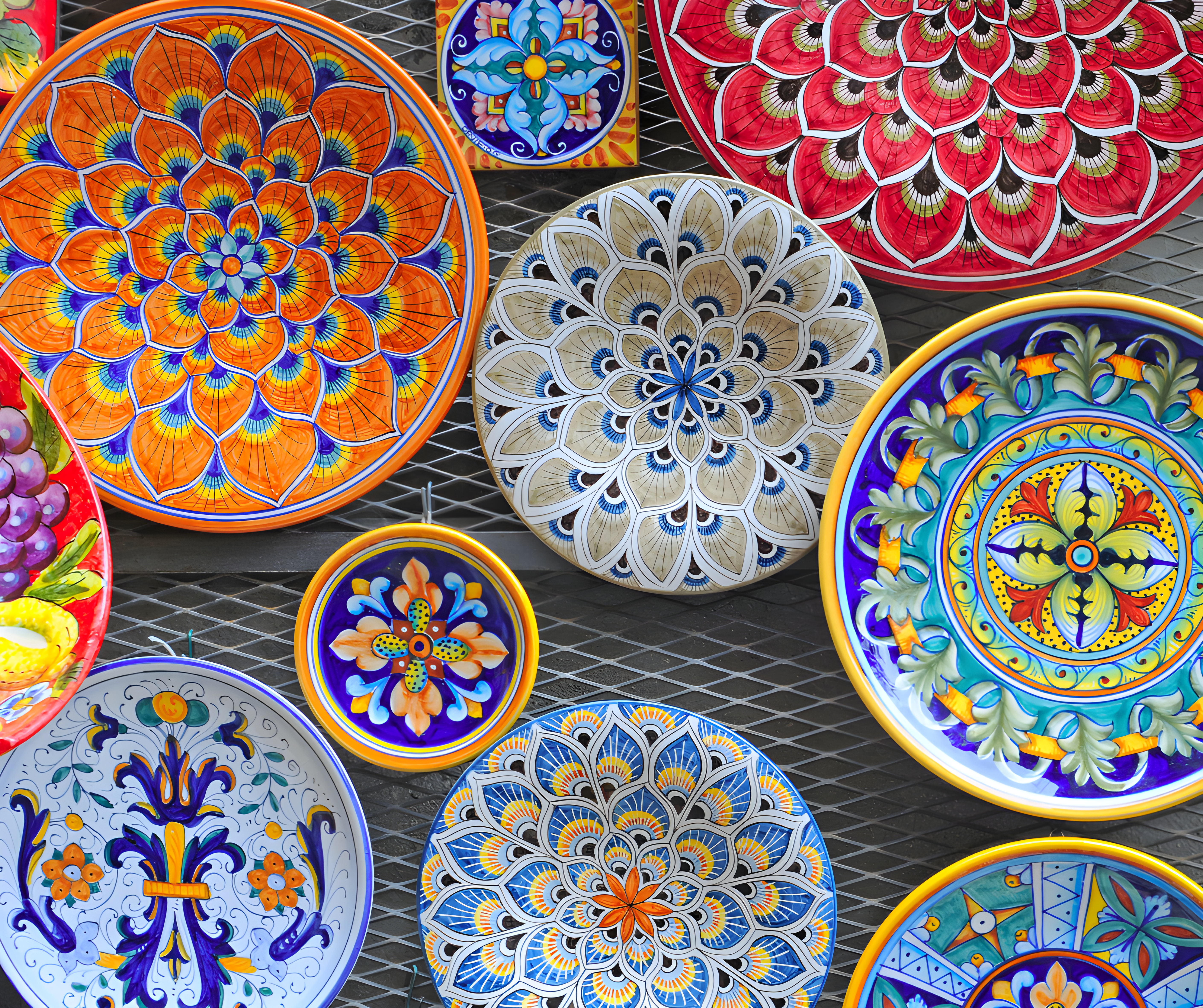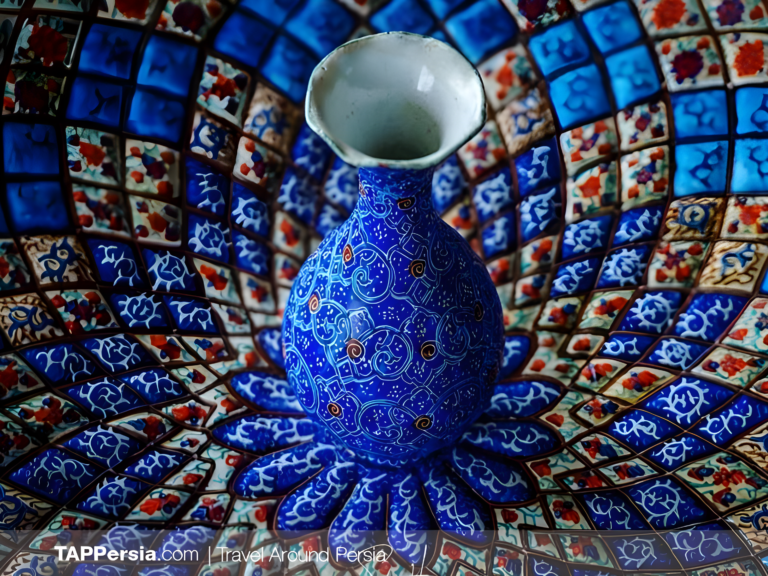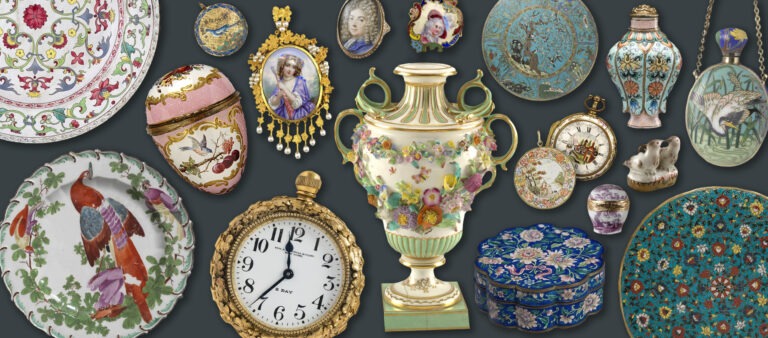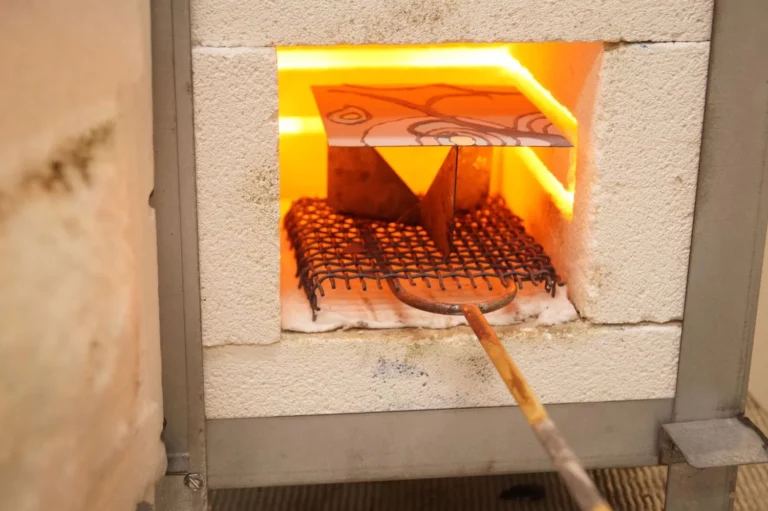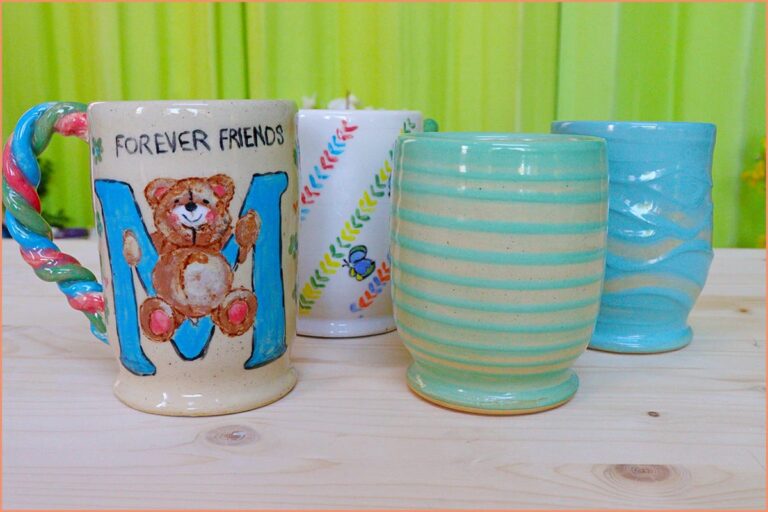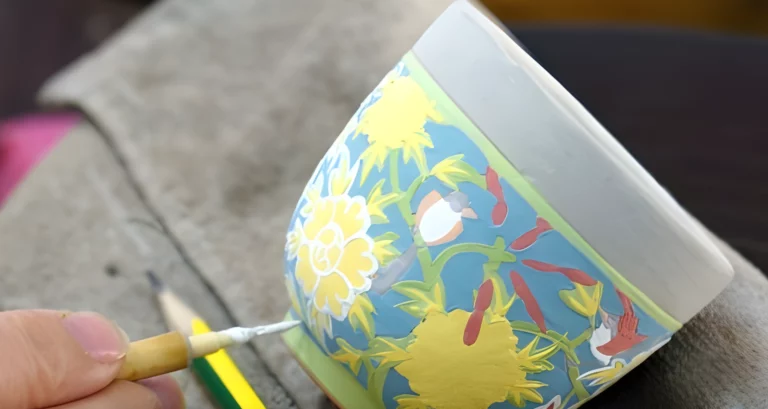The Magic of Enamelwork: Colors, Fire, and Creativity
Enamelwork is an ancient yet enduring technique where glass and metal unite under intense heat to produce vivid, long-lasting designs. For centuries, artisans have used this method to create everything from intricate jewelry to grand architectural panels. But what makes enamel so special, and why has it remained a cherished art form through generations?
A Historical Journey Through Enamelwork
The origins of enameling stretch back thousands of years. Early civilizations, including the Egyptians and Greeks, used enamels to enhance metal objects, often as a substitute for precious stones. Over time, this craft evolved beyond imitation, becoming an art in its own right.
During the Renaissance, enameling reached new artistic heights, particularly in the form of painted enamel miniatures. These delicate artworks mirrored the techniques of oil painting but had the advantage of permanent, unfading colors. Even today, antique enamel pieces maintain their vibrancy, a testament to the durability of this technique.
Throughout history, enamel has adorned more than just jewelry. Medieval armor, religious artifacts, and even household objects bore the signature brilliance of this craft. European artisans, especially in Limoges, France, perfected the art of painted enamels, while Asian cultures developed their own stunning techniques, including intricate cloisonné vases and lacquered panels. <blockquote>Unlike traditional painting, which can fade or darken over time, enamel colors remain permanently radiant, unaffected by light and air.</blockquote>
Materials and the Science Behind Enameling
At its core, enamel is a specially formulated glass composed of silica, lead oxide, and alkaline materials such as soda or potash. When heated, this mixture melts and adheres to metal surfaces, creating a smooth, glossy finish.

The secret to the depth of enamel colors lies in metallic oxides. Cobalt produces deep blues, copper results in greens and reds, and manganese creates soft purples. Adjusting the chemical composition of the base glass can also influence color intensity and transparency.
There are two main categories of enamel:
- Hard enamel requires high temperatures for fusion, making it highly resistant to environmental damage.
- Soft enamel melts at lower temperatures, allowing for easier application but making it more prone to wear over time.
Once the enamel is prepared, it is ground into a fine powder, mixed with water or an adhesive, and carefully applied to a metal surface. The piece is then fired in a furnace, where extreme heat causes the enamel to melt and bond to the metal. The process is repeated in layers, gradually building up the desired color and texture. <blockquote>The brilliance of an enamel piece depends not just on its materials but on precise temperature control during the firing process.</blockquote>
Enameling Techniques: Crafting Unique Masterpieces
Enameling is a delicate fusion of art and science, where powdered glass transforms into a luminous, durable surface under intense heat. Each technique in this craft offers distinct visual and textural effects, making it a versatile medium for creating jewelry, decorative objects, and even architectural details. While all enameling methods rely on the same fundamental process—applying enamel to metal and firing it in a kiln—variations in preparation, layering, and finishing result in strikingly different outcomes.
One of the defining factors in enameling is how the metal surface interacts with the enamel. Some techniques, like cloisonné, use thin metal strips to define intricate patterns, creating small compartments filled with colored enamel. In contrast, champlevé involves carving out recesses in the metal itself, allowing enamel to sit within the engraved areas while the raised metal remains visible, adding a structural dimension to the design.

Translucency and light also play a crucial role in enameling. The plique-à-jour technique achieves a stained-glass effect by suspending enamel between metal framework without a backing, allowing light to pass through and enhance the vibrancy of colors. Basse-taille takes a different approach, engraving fine reliefs into a metal surface before covering them with translucent enamel, creating depth and shadow variations that shift with the angle of light.
Beyond traditional methods, painted enamels introduce a freer, more painterly approach to the medium. Instead of using physical barriers to separate colors, enamel powders are mixed and layered like pigments on a canvas. This technique allows for detailed imagery, including miniature portraits and intricate landscape scenes, reminiscent of oil paintings but with a glassy, permanent finish.
The artistry of enameling lies not only in its visual beauty but also in the skill required to manipulate glass and metal in harmony. The firing process itself is an unpredictable yet integral part of the craft—slight variations in temperature and time can influence the final outcome, making each enameled piece a unique masterpiece.
Why Enamelwork Continues to Inspire
Despite modern advancements in materials and manufacturing, enameling remains a valued craft, admired for its durability and vibrant beauty. Contemporary artists continue to push the boundaries of traditional techniques, blending old-world craftsmanship with innovative designs.
Collectors and museums treasure enamel pieces not only for their aesthetic appeal but also for their historical significance. Whether found on a Fabergé egg, a Ming Dynasty vase, or a modern piece of wearable art, enamelwork stands as a testament to the enduring relationship between fire, glass, and metal.
From ancient civilizations to modern studios, enameling has proven that true artistry can withstand the test of time—brilliant, resilient, and forever luminous.


